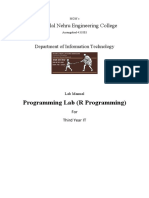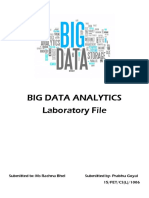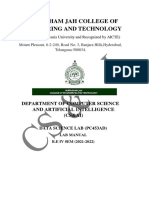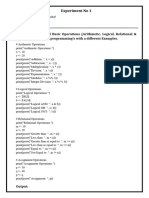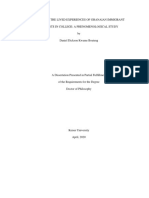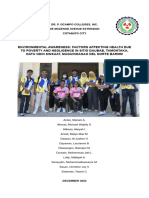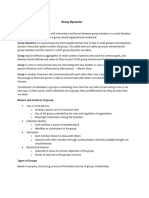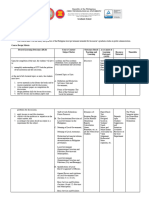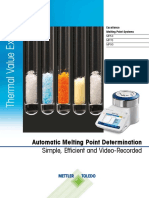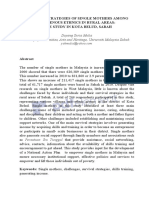0% found this document useful (0 votes)
9 views8 pagesR Lab2
This lab sheet introduces R programming, focusing on file handling, data manipulation, random number generation, and data visualization. It includes practical exercises using functions like read.table(), sample(), and various statistical operations on datasets such as mtcars. The document also outlines tasks for students to enhance their proficiency in R through hands-on programming challenges.
Uploaded by
ANANTHAKRISHNAN MCopyright
© © All Rights Reserved
We take content rights seriously. If you suspect this is your content, claim it here.
Available Formats
Download as PDF, TXT or read online on Scribd
0% found this document useful (0 votes)
9 views8 pagesR Lab2
This lab sheet introduces R programming, focusing on file handling, data manipulation, random number generation, and data visualization. It includes practical exercises using functions like read.table(), sample(), and various statistical operations on datasets such as mtcars. The document also outlines tasks for students to enhance their proficiency in R through hands-on programming challenges.
Uploaded by
ANANTHAKRISHNAN MCopyright
© © All Rights Reserved
We take content rights seriously. If you suspect this is your content, claim it here.
Available Formats
Download as PDF, TXT or read online on Scribd
/ 8














